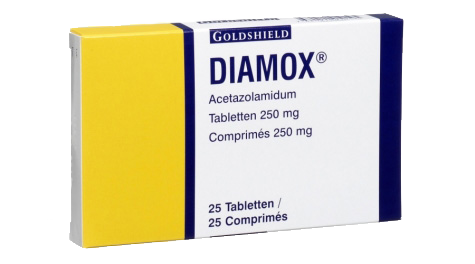Altitude sickness prevention
Prevention of altitude sickness is by acclimatizing the body to increasing altitude. Prevention of acute mountain sickness is sometimes with acetazolamide medication. Acute mountain sickness can usually resolve with no problems.
We recommended doing and observing the following basic principles for treat mountain sickness when you’re at Kilimanjaro:
- We recommend taking acetazolamide (Diamox)
- Having an adequate time and rest periods for acclimatization.
- Descend back to lower altitudes.
- When trek go as slowly as possible, do not overexert yourself, even on the lower reaches
- Drink loads of fluid (2.5-4 liters a day)
- Do not drink alcohol, use stimulants on smoke on the mountain.


